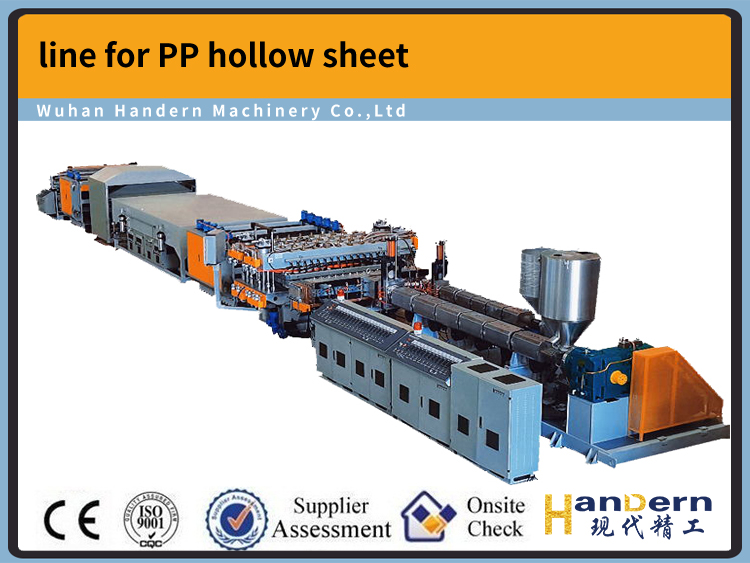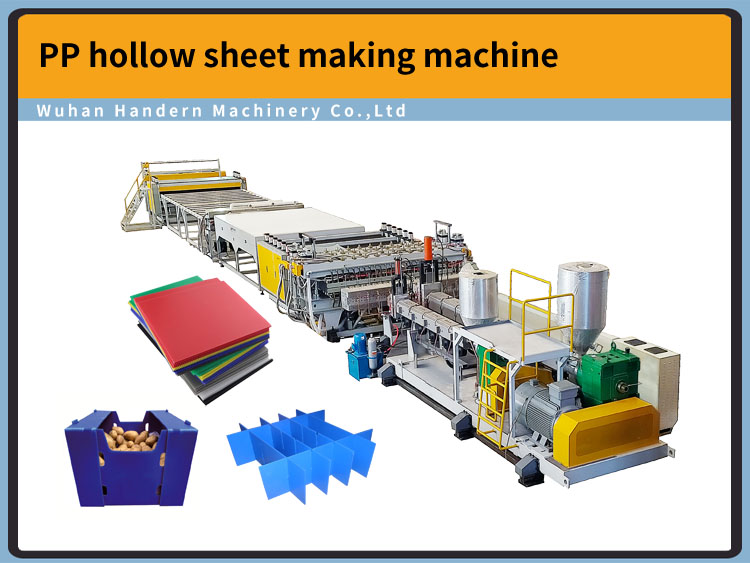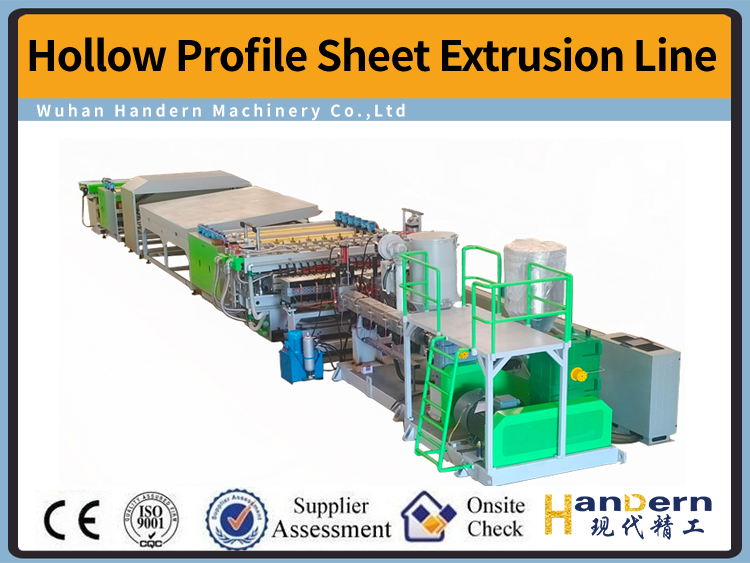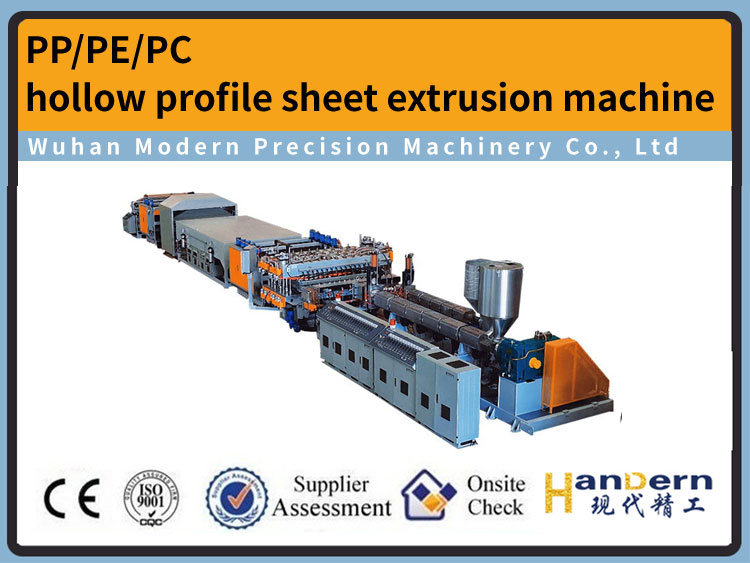What is the difference between plastic hollow board and plastic solid board
DATE:2024/10/14 11:12:07 / READ: / SOURCE:This station
Plastic hollow board and plastic solid board are two common plastic materials, and their applications can be seen in many industries. So what factors should we consider when selecting these two materials specifically? To clarify this issue, we must understand the differences between these two types of boards. Below, we will provide a detailed explanation of this problem.
1. Structural differences
Plastic hollow board: Hollow boards are usually composed of two layers of boards with multiple hollow isolation layers in between. Its structure is similar to a honeycomb structure, which reduces the overall weight while maintaining high strength and rigidity. The thickness and shape of the hollow board can be customized according to needs, with common forms including corrugated and square shapes.
Plastic solid board: Solid board is uniformly distributed, tightly structured, and has no cavities. Due to its overall structural characteristics, solid boards have higher thickness and density, providing greater strength and durability.
2. Performance differences
Strength and rigidity: Generally speaking, plastic solid boards have high strength and rigidity due to their full density structure, making them suitable for load-bearing and fixing purposes. Although plastic hollow panels have lower strength, their unique structural design sometimes allows them to maintain sufficient load-bearing capacity while reducing weight.
Weight: Plastic hollow boards are lighter than solid boards, making them more convenient for transportation and installation. This makes hollow panels particularly popular in applications that require weight considerations.
Thermal insulation and sound insulation performance: The hollow structure of the hollow board provides better thermal insulation and sound insulation performance, making it suitable for use as building materials, packaging materials, or environments that require thermal insulation and sound insulation.
3. Production process
Production of plastic hollow boards: Hollow boards are usually produced using extrusion molding technology. The polymer melt is extruded through a mold and shaped into a hollow structure. This process allows for flexible control of the shape, thickness, and density of the board.
Production of plastic solid board: The manufacturing process of solid board also uses extrusion molding or injection molding, but no cavity is formed during the process. The material of solid board can be various types of plastics, such as polypropylene (PP), polyvinyl chloride (PVC), etc.
4. Application Fields
Plastic hollow board: Hollow boards are widely used in fields such as advertising display, packaging, construction, and transportation. For example, due to its lightweight and cost-effectiveness, hollow boards are commonly used as filling materials for temporary billboards, display stands, and transportation packaging.
Plastic solid board: Solid boards are commonly used for furniture, flooring, fences, and other applications that require high strength and load-bearing capacity. When producing industrial equipment casings, seals, and other products that require structural support, solid boards are often a better choice.
5. Cost
Generally speaking, hollow boards have lower costs due to their material savings and are suitable for large-scale production and application; The production cost of solid boards is relatively high, but in some high-strength applications, they may still be more cost-effective for safety and durability reasons.
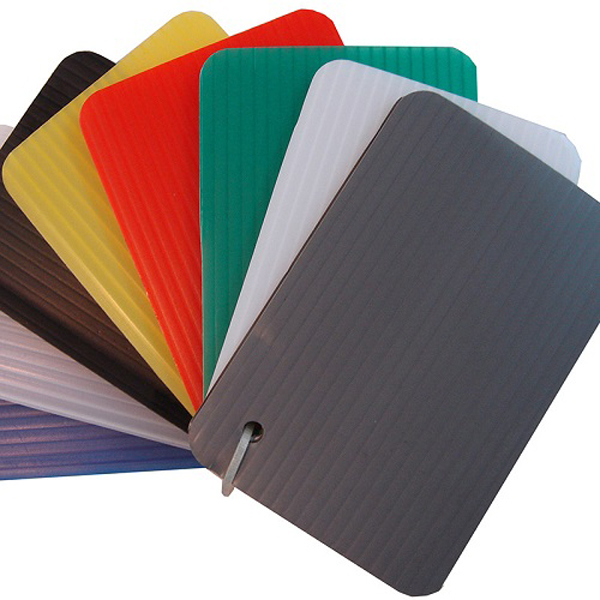
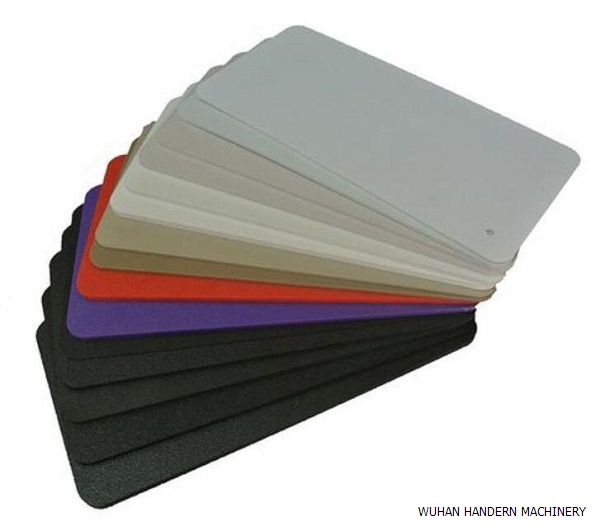
1. Structural differences
Plastic hollow board: Hollow boards are usually composed of two layers of boards with multiple hollow isolation layers in between. Its structure is similar to a honeycomb structure, which reduces the overall weight while maintaining high strength and rigidity. The thickness and shape of the hollow board can be customized according to needs, with common forms including corrugated and square shapes.
Plastic solid board: Solid board is uniformly distributed, tightly structured, and has no cavities. Due to its overall structural characteristics, solid boards have higher thickness and density, providing greater strength and durability.
2. Performance differences
Strength and rigidity: Generally speaking, plastic solid boards have high strength and rigidity due to their full density structure, making them suitable for load-bearing and fixing purposes. Although plastic hollow panels have lower strength, their unique structural design sometimes allows them to maintain sufficient load-bearing capacity while reducing weight.
Weight: Plastic hollow boards are lighter than solid boards, making them more convenient for transportation and installation. This makes hollow panels particularly popular in applications that require weight considerations.
Thermal insulation and sound insulation performance: The hollow structure of the hollow board provides better thermal insulation and sound insulation performance, making it suitable for use as building materials, packaging materials, or environments that require thermal insulation and sound insulation.
3. Production process
Production of plastic hollow boards: Hollow boards are usually produced using extrusion molding technology. The polymer melt is extruded through a mold and shaped into a hollow structure. This process allows for flexible control of the shape, thickness, and density of the board.
Production of plastic solid board: The manufacturing process of solid board also uses extrusion molding or injection molding, but no cavity is formed during the process. The material of solid board can be various types of plastics, such as polypropylene (PP), polyvinyl chloride (PVC), etc.
4. Application Fields
Plastic hollow board: Hollow boards are widely used in fields such as advertising display, packaging, construction, and transportation. For example, due to its lightweight and cost-effectiveness, hollow boards are commonly used as filling materials for temporary billboards, display stands, and transportation packaging.
Plastic solid board: Solid boards are commonly used for furniture, flooring, fences, and other applications that require high strength and load-bearing capacity. When producing industrial equipment casings, seals, and other products that require structural support, solid boards are often a better choice.
5. Cost
Generally speaking, hollow boards have lower costs due to their material savings and are suitable for large-scale production and application; The production cost of solid boards is relatively high, but in some high-strength applications, they may still be more cost-effective for safety and durability reasons.
Author:admin

